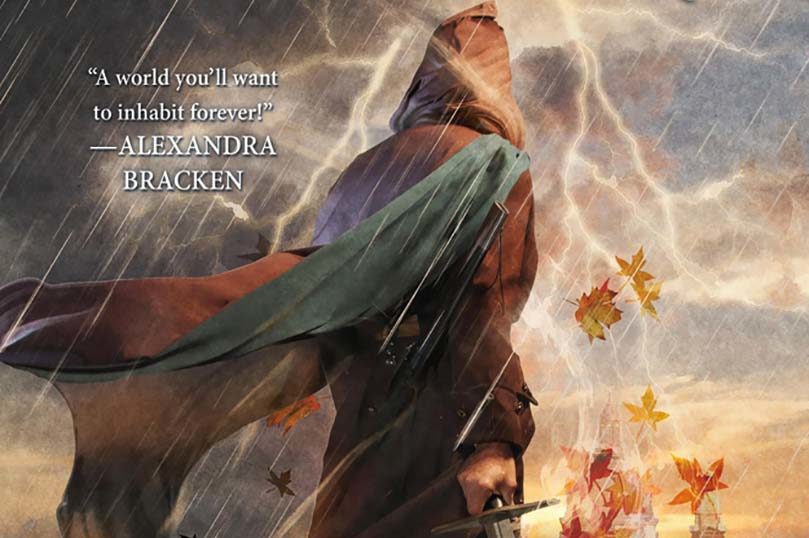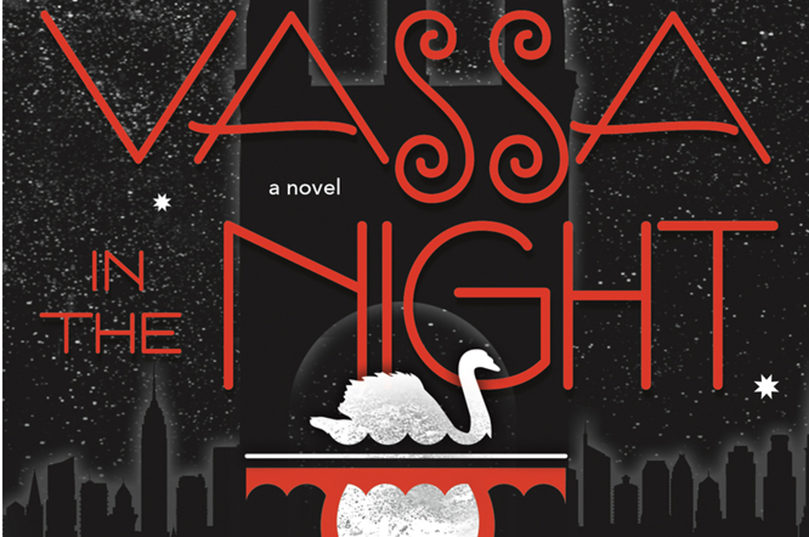
Write Like A Painter
Seeker author Veronica Rossi examines the relationship between writing and painting.

Seeker author Veronica Rossi examines the relationship between writing and painting.

Enter for a chance to win an advance copy of Cora Carmack’s Roar, plus your very own Skyfire Stormheart!

Author Susan Dennard describes how she learned that writing chronologically isn’t always the answer, and you don’t need to begin at the beginning.

Vassa in the Night author Sarah Porter creeps us out by explaining how changelings worked.